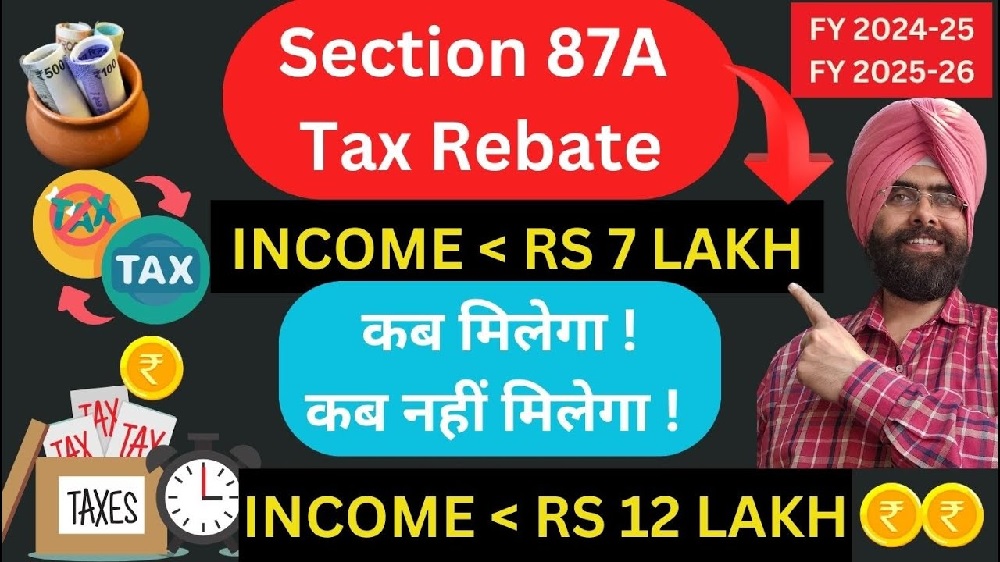Introduction
Every salaried individual, professional, or business owner in India seeks ways to legally reduce their tax burden. Thankfully, the Indian Income Tax Act offers several tax-saving options through deductions, exemptions, and investment incentives. In this blog, we’ll explore how to save tax in India, the best tax-saving investments, and strategies to optimise your income and expenses for FY 2025-26.
1. Use Section 80C to Save up to ₹1.5 Lakh
One of the most popular sections for tax deduction:
- Instruments allowed: ELSS mutual fund schemes, PPF, EPF, NSC, life insurance premiums, principal repayment of home loan, and children’s tuition fees
- Maximum limit: ₹1.5 lakh per financial year
2. Invest in National Pension System (NPS) – Section 80CCD(1B)
- Additional deduction of up to ₹50,000 over and above Section 80C
- Encourages retirement-focused investing
3. Claim House Rent Allowance (HRA)
If you live in a rented house and receive HRA as part of your salary:
- Deduction depends on rent paid, HRA received, and your salary
- Submit rent receipts and PAN of the landlord if applicable
4. Interest on Home Loan – Section 24(b)
- Deduction of up to ₹2 lakh on interest paid for a self-occupied house
- No upper limit if the house is rented out
5. Tax Benefits on Education Loan – Section 80E
- Deduction for interest paid on loans taken for higher education
- Available for 8 years from the year repayment begins
6. Save Tax via Health Insurance – Section 80D
- Up to ₹25,000 for premium paid for self/spouse/children (₹50,000 for senior citizens)
- Additional ₹25,000 for parents (₹50,000 if they are senior citizens)
7. Donations to Charities – Section 80G
- Donations to specified relief funds or charitable institutions can qualify for 50% or 100% deduction
8. Claim LTA (Leave Travel Allowance)
- Exemption on domestic travel expenses incurred while on leave
- Only for travel within India, and subject to conditions
9. Opt for the New Tax Regime If It Saves More
- Compare old and new regimes using income tax calculators
- The new regime has lower slab rates but no exemptions or deductions
10. Use Tax-Free Allowances and Reimbursements
- Examples: Meal coupons, mobile/Internet reimbursement, standard deduction of ₹50,000
You are recommended to seek advice from your tax advisor for the latest tax legislation and applicable tax regime.
Mutual funds can play a significant role in effective tax planning. ELSS mutual funds, for instance, offer tax benefits under Section 80C of the Income Tax Act, 1961, allowing investors to reduce their taxable income. Additionally, possibly long-term capital gains from equity mutual funds are taxed at a lower rate, making them an attractive option for tax planning. Systematic Investment Plans (SIPs) in mutual funds can also help in disciplined investing and tax planning.
ELSS is a type of open-ended equity scheme that invests primarily in equity and equity-related instruments. ELSS funds come with a mandatory lock-in period of three years, the shortest among all Section 80C options. The returns from ELSS are subject to long-term capital gains tax, but the initial investment qualifies for tax deductions.
Conclusion
Download Automatic Income Tax Calculator All in One for Non-Government Employees in Excel for the F.Y. 2025-26
Features of this Excel Utility:
- This Excel Calculator prepares your Tax Computation Sheet instantly as per Budget 2025.
- It includes a built-in Salary Structure for Non-Government Employees.
- It generates your Salary Sheet automatically.
- It calculates H.R.A. Exemption U/s 10(13A automatically.
- It creates Form 16 Part A and Part B automatically.
- It prepares Income Tax Form 16 Part B automatically.
- It generates Income Tax Form 12BA automatically






